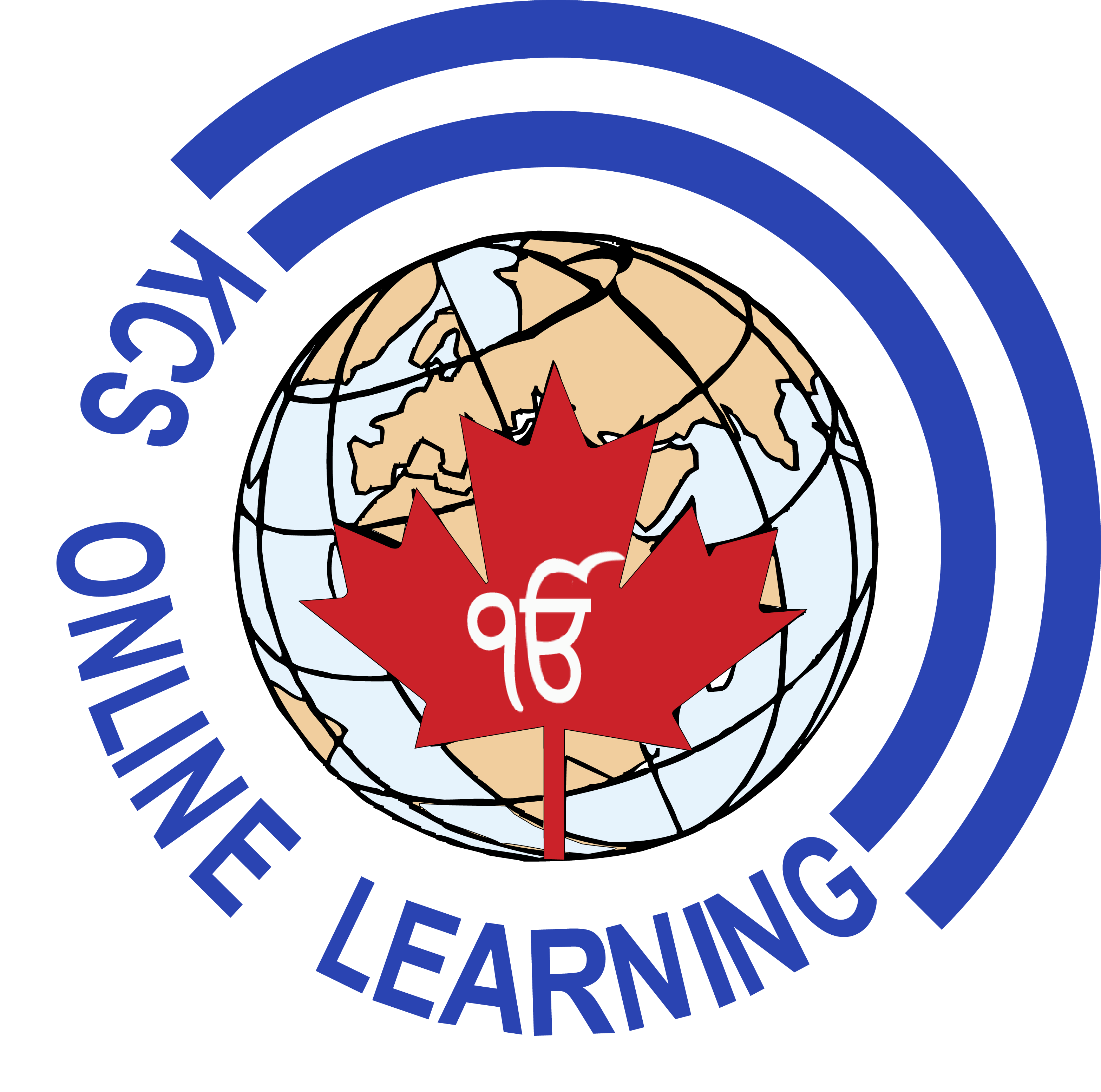Issues in Canadian Geography
Name of School: KCS Online Learning
Department: Department of Social Sciences & Humanities
Course Developer: Christian Bayly
Course Development Date: June 2019
Course Reviser/Revision Date: ----
Course Title & Grade: Issues in Canadian Geography, Grade 9, Applied
Ministry Course Code: CGC1P
Credit Value: 1.0
Developed from: The Ontario Curriculum, Grades 9 to 10, Canadian and World Studies (2013)
Prerequisite: None
Course Description:
This course focuses on current geographic issues that affect Canadians. Students will draw on their personal and everyday experiences as they explore issues relating to food and water supplies, competing land uses, interactions with the natural environment, and other topics relevant to sustainable living in Canada. They will also develop an awareness that issues that affect their lives in Canada are interconnected with issues in other parts of the world. Throughout the course, students will use the concepts of geographic thinking, the geographic inquiry process, and spatial technologies to guide and support their investigations.
Curriculum Overall Expectations:
GEOGRAPHIC INQUIRY AND SKILL DEVELOPMENT
- A1. Geographic Inquiry: use the geographic inquiry process and the concepts of geographic thinking when investigating issues relating to Canadian geography; A2. Developing Transferable Skills: apply in everyday contexts skills, including spatial technology skills, developed through the investigation of Canadian geography, and identify some careers in which a background in geography might be an asset.
INTERACTIONS IN THE PHYSICAL ENVIRONMENT
- B1. Natural Processes and Human Activity: analyse some interactions between physical processes, events, and phenomena and human activities in Canada (FOCUS ON: Interrelationships; Geographic Perspective)
- B2. Influence of the Natural Environment on Human Activity: explain how physical processes and the natural environment influence human activity in Canada (FOCUS ON: Spatial Significance; Interrelationships)
- B3. Characteristics of Canada’s Natural Environment: describe some natural processes and key characteristics of the natural environment in Canada (FOCUS ON: Spatial Significance; Patterns and Trends)
MANAGING CANADA’S RESOURCES AND INDUSTRIES
- C1. Managing Resources: assess the influence of personal choices and community actions on the use of natural resources in Canada (FOCUS ON: Interrelationships; Geographic Perspective)
- C2. Canadian Industries: describe the economic, environmental, social, and political significance of selected aspects of Canada’s resources and industries (FOCUS ON: Patterns and Trends; Geographic Perspective)
- C3. The Use of Natural Resources: describe the distribution and use of selected natural resources in Canada (FOCUS ON: Spatial Significance; Interrelationships)
CHANGING POPULATIONS
- D1. Population Trends and Their Impacts: assess the impact on Canadian communities of changes in the characteristics of Canada’s population, and describe ways of responding to these changes (FOCUS ON: Patterns and Trends; Geographic Perspective)
- D2. Immigration Trends: analyse recent immigration trends in Canada (FOCUS ON: Interrelationships; Patterns and Trends)
- D3. Population Characteristics: describe key characteristics of population settlements in Canada and the major demographic characteristics of the Canadian population (FOCUS ON: Spatial Significance; Patterns and Trends)
LIVEABLE COMMUNITIES
- E1. Sustainable Communities: identify factors that affect the sustainability of communities, and describe strategies for improving their sustainability (FOCUS ON: Interrelationships; Geographic Perspective)
- E2. Impacts of Land Use: analyse impacts of land use in Canada on communities and the natural environment (FOCUS ON: Spatial Significance; Interrelationships)
- E3. Patterns of Land Use: describe patterns of land use in their local community (FOCUS ON: Spatial Significance; Patterns and Trends)
